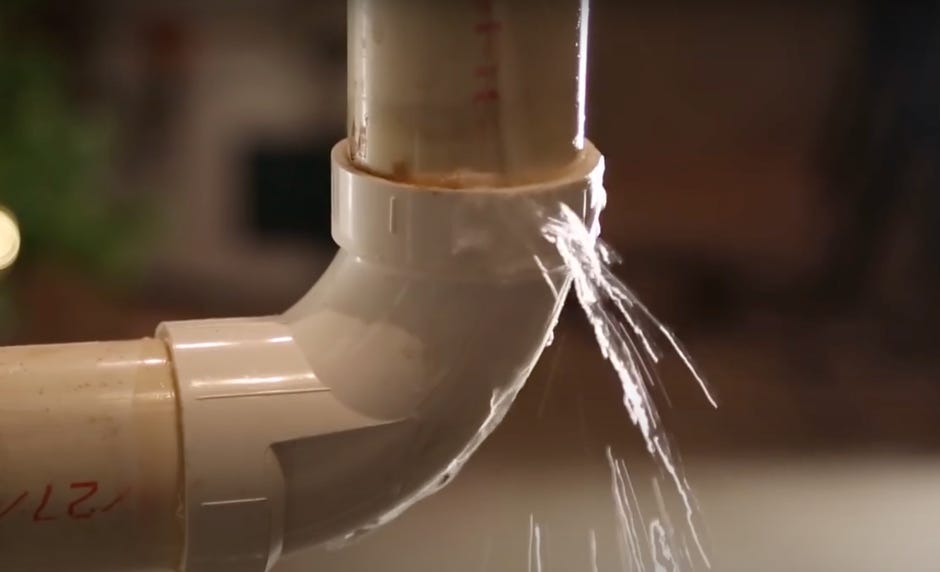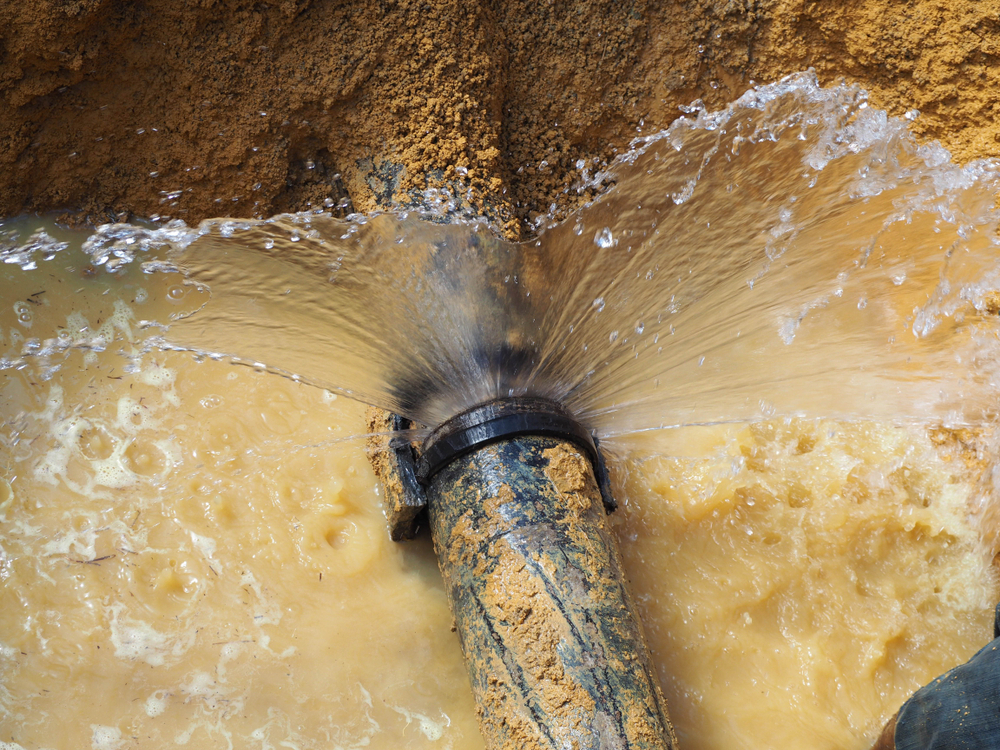How To Fix Flood Damage From Burst Pipes - Useful Techniques
Click Here To Find Out MoreWhat are your ideas regarding Do s And Don ts In Case Of Water Damage?

What should you do if a pipes bursts in your residence? Do you want a mini-waterfall and flooding in a location of your home? If you find yourself in this circumstance, you should act fast. The longer you wait, the more severe the damage that can occur to your home. The presence of mind is type in these occasions. For these reasons, you need to discover exactly how to act in case of a burst pipes. Due to the fact that time is of the essence, inspect out the following pointers below to help you act quickly.
Shut down the Key Waterline Valve
The first thing to do? Shut the shut-off valve. Search for the local shut-off shutoff to shut off the water in one particular area only. If you do not recognize where the localized shut-off valve is, choose the main water line valve and transform it off. This step will remove the water right away in your whole residence. Normally, the main shutoff is located outside the home beside the water meter. If it's not there, you can likewise find it in 2 areas: in the basement at eye level or the first floor on the ground. Usually, building contractors placed the shut-off valve in the main ground level washroom or ideal beside it.
Call Water Damages Remediation Pros for Assistance
After closing the water resource, call the specialists for assistance. Because the pipes needed to be taken care of and also there is a requirement to resolve the various other problems to your building, this situation is not something you can do some DIY. If you can not cope, seek assistance from a trusted company providing 24/7 emergency solutions. With their professional help, you can avoid a lot larger water damage consisting of deformed baseboards, loosened ceramic tiles, or harmed structures. Don't take this trouble lightly and also look for expert support for your total satisfaction as well as a credible remedy.
Paper the Damage For Insurance coverage
While you're waiting for the pros to get here, obtain some documents of the damages created by the errant pipeline. Do close-up shots of the harmed places and also valuables.
Recover Points That Can Be Saved
As soon as you're done taking pictures, check out the harmed products as well as take out the most vital ones from the pile. Dry them off in a dry/warm place away from the damaged location and attempt to protect them as much as you can. Drag as much wetness as you can to the material so it can begin to dry.
Beginning the Drying Process
Fortunately, the water from your waterlines is already tidy so you do not have to worry concerning sewer water. The moving water may have disturbed the dust and debris in your carpetings as well as floorboards. Blot out as much water as you can from the surfaces with old towels.
Specialists are the only people certified to assess correctly and also fix the burs pipelines as well as succeeding damage. They normally offer quiet red flags like bubbling paint, water spots.
What should you do if a water pipeline bursts in your residence? For these reasons, you need to find out just how to act in the event of a burst water pipeline. After shutting the water source, call the specialists for help. With their expert help, you can avoid a lot bigger water damages including warped walls, loose ceramic tiles, or damaged frameworks. Luckily, the water from your waterlines is already clean so you do not have to worry about sewer water.
How to Handle a Burst Pipe and Minimize Damage
Steps to Take Ahead of Time
If you own property in an area that experiences cold weather, you need to be aware of seasonal maintenance tasks that will help you protect your property as the weather changes each year. One of the most important steps is to winterize your pipes to ensure they won't freeze or burst when the temperature drops. This includes action items like insulating any exposed pipes, detaching garden hoses and covering outdoor faucets. If the weather gets cold enough, you may even consider leaving a faucet dripping or opening cabinet doors during the coldest parts of the day.
No matter how prepared you might be, accidents and emergencies still happen. You'd be wise to set up a savings account specifically for your property so you have a "rainy day" fund set aside for unexpected expenses. All homes regardless of age, location or condition will inevitably need some form of emergency repair.
Steps to Take for Frozen Pipes
A frozen pipe will not necessarily burst, so if you can catch a frozen pipe early on, you could save yourself a major headache. When your area experiences frigid temperatures, be sure to check your plumbing and keep an eye out for warning signs like faucets only releasing small amounts of water or toilets not refilling when flushed. If you do run into one of these issues, you're likely dealing with a frozen pipe.
If this happens, your first step should be to cut off the water supply to that section of the plumbing. Expanding and freezing water can quickly cause damage. Even if the water supply is shut off, you will likely still deal with some leaking from the water that defrosts after the pipe has thawed. Be prepared with a mop, bucket and/or towels to quickly soak up any excess water.
In order to thaw a frozen pipe, you can use a space heater, infrared or incandescent heat lamp, or even a hairdryer to warm up the frozen area. Heat tape is also an option and should be used according to manufacturer instructions. Do not use any sort of open flame to thaw frozen pipes, as it poses a major fire hazard and can damage your pipes further.
Steps to Take for a Burst Pipe
Water damage claims are the second most common insurance claim in the U.S. When you're dealing with a frozen pipe, the water continues to expand as it freezes, which creates pressure that can cause a pipe to burst. When this happens, the crack or leak in the pipe allows water flow from the pipe to enter your home where it shouldn't. If a pipe does burst, you need to act quickly to mitigate property damage and repair cost.
Your very first step should be to shut off your main water supply to minimize flooding typically the most expensive damage to address. Once you've shut off the water supply, make sure you identify the entire area that has been impacted by the leak. Remove as much water as possible as quickly as possible using a mop, sponges, towels or a shop vacuum or wet/dry vacuum. To prevent long-term damage due to moisture build-up, run a dehumidifier or fan in the affected area. Contact a licensed plumber to ensure the pipe is correctly repaired before running any water to that section of the home again. Burst pipes and the associated water damage are something you absolutely want to avoid as a property owner. If you've had to learn your lesson the hard way, don't let yourself get caught in a similar situation during the next spell of cold weather. The best way to deal with frozen or burst pipes is to prevent them in the first place proactive winter maintenance will save you time, money and a whole lot of stress.

As a fervent reader on Quick Tips To Help Deal With Water Damage, I think sharing that article post was important. Sharing is nice. Helping people is fun. Thank-you for taking the time to read it.
Stay calm, just ring.